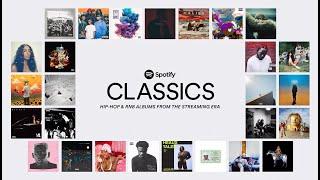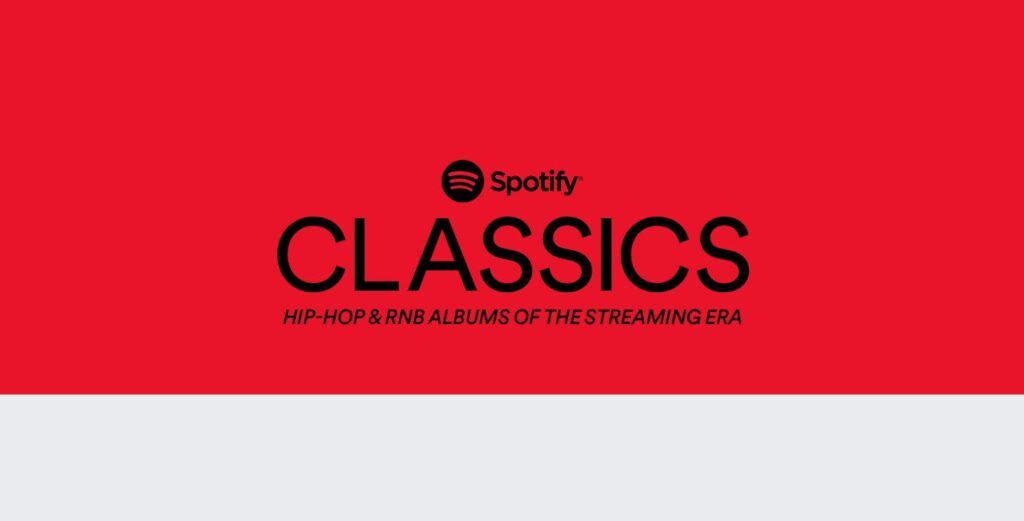In an age where music flows endlessly through our headphones and playlists, songs seem to be getting shorter and shorter. The once sprawling ballads and extended instrumentals are giving way to bite-sized tracks that barely cross the two-minute mark. But why is this happening? As the music industry adapts to the digital rhythm of streaming platforms, the very structure of a song is being rewired to fit new listening habits, algorithms, and economic realities. This shift in song length isn’t just a passing trend-it’s a reflection of how technology and culture are reshaping the way we experience music.
Table of Contents
- The Shift in Listener Attention Spans and Its Impact on Song Duration
- How Streaming Algorithms Favor Shorter Tracks for Increased Plays
- Economic Incentives Driving Artists Toward Concise Compositions
- Balancing Artistic Expression with Market Demands in Modern Music
- Strategies for Musicians to Thrive Amid Changing Song Length Trends
- Key Takeaways
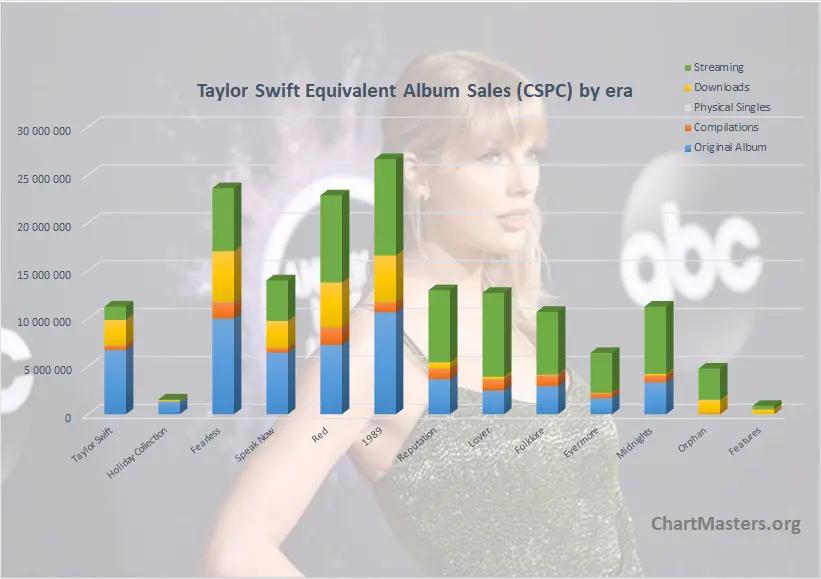
The Shift in Listener Attention Spans and Its Impact on Song Duration
In today’s fast-paced digital landscape, listeners are bombarded with endless entertainment options, resulting in a noticeable decline in attention spans. This evolution has forced artists and producers to rethink traditional song structures. Songs that once embraced extended instrumental solos or gradual builds are now trimmed to capture immediate interest. The goal is no longer just to tell a story but to hook the listener within the first few seconds, ensuring they stay engaged throughout the track.
Streaming platforms have intensified this trend by rewarding shorter songs with more plays, translating into higher revenue. The shorter the track, the more times it can be played within a given time frame, making brevity a strategic advantage. Moreover, playlist culture encourages quick, catchy tunes that fit seamlessly into diverse thematic collections, further incentivizing artists to keep songs concise and impactful.
Consider the following snapshot of average song lengths over recent decades and their correlation with popular streaming habits:
| Decade | Average Song Length | Streaming Metric |
|---|---|---|
| 1980s | 4:05 | Radio play-focused |
| 2000s | 3:45 | Digital downloads rise |
| 2020s | 2:45 | Streams & playlists dominate |
This transformation is also reshaping how listeners consume music. Attention is fragmented into micro-moments, creating an environment where every second counts. Artists now face the creative challenge of making an immediate impact while maintaining artistic integrity, striking a delicate balance between brevity and depth.
- Shorter intros: Starting with a hook rather than a slow build.
- Concise verses and choruses: Eliminating repetitive filler.
- Faster tempos: Increasing energy and momentum.
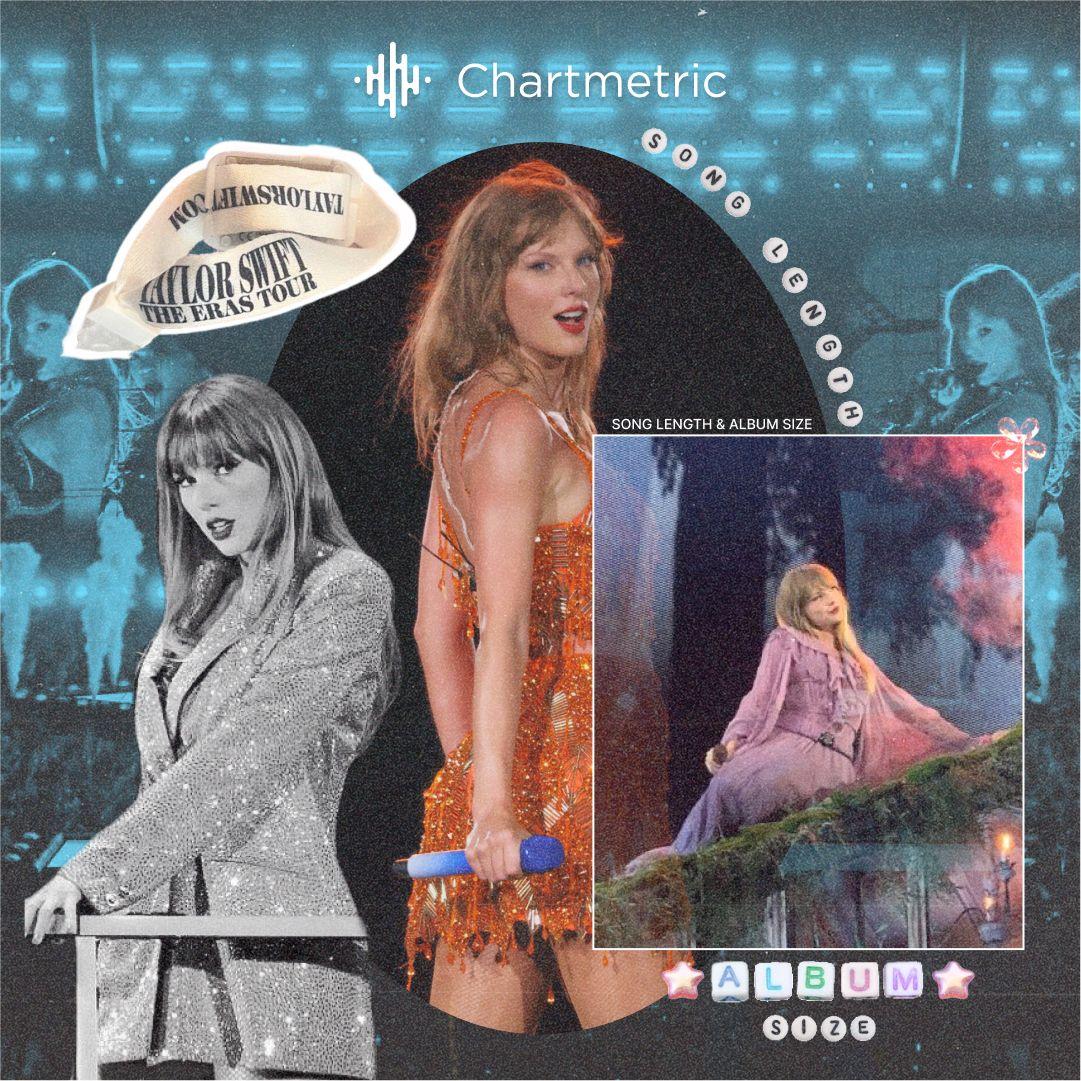
How Streaming Algorithms Favor Shorter Tracks for Increased Plays
In the streaming ecosystem, every second counts. Platforms like Spotify and Apple Music reward tracks that keep listeners engaged, and shorter songs naturally fit this model by encouraging repeat plays. Because revenue and chart positions often hinge on total streams rather than total listening time, artists and producers are incentivized to craft concise compositions that listeners can consume quickly and repeatedly.
Key factors driving this trend include:
- Increased play counts: Shorter tracks can be played more times in the same timeframe, boosting streaming numbers.
- Listener attention spans: Brief, catchy songs are more likely to retain users and reduce skip rates.
- Playlist algorithms: The data-driven nature of playlists favors tracks that generate high engagement metrics efficiently.
To illustrate, consider the typical time investment for a listener over one hour:
| Song Length | Number of Plays in 60 Minutes |
|---|---|
| 3 minutes | 20 |
| 2 minutes | 30 |
| 1.5 minutes | 40 |
As the table shows, trimming even 30 seconds off a track can significantly increase the number of plays per hour. This simple math explains why many artists are opting for compact, punchy songs that maximize their streaming potential without overstaying their welcome.
Economic Incentives Driving Artists Toward Concise Compositions
In the current music landscape, artists and producers are increasingly tailoring their creations to maximize revenue under streaming platforms’ payout structures. Since most streaming services compensate based on the number of plays rather than total listening time, shorter songs allow for more streams within the same timeframe, effectively boosting potential earnings.
Several economic factors encourage this trend:
- Increased play counts: Shorter tracks can be looped or repeated more frequently, generating more individual streams.
- Playlist optimization: Concise songs fit better into curated playlists, increasing the chances of being featured and discovered.
- Listener retention: Catchy, brief compositions align with shrinking attention spans, encouraging full listens which count as complete streams.
Moreover, record labels and managers often advise artists to keep songs under a certain duration to align with these financial incentives. This strategic adjustment is reshaping the creative process, where every second of a track is meticulously crafted to maintain engagement while optimizing revenue potential.
| Aspect | Impact on Revenue | Artist Strategy |
|---|---|---|
| Song Length | Shorter means more streams | Trim intros/outros |
| Playback Count | Higher count, higher payout | Focus on hooks early |
| Playlist Inclusion | Increased exposure | Craft catchy segments |
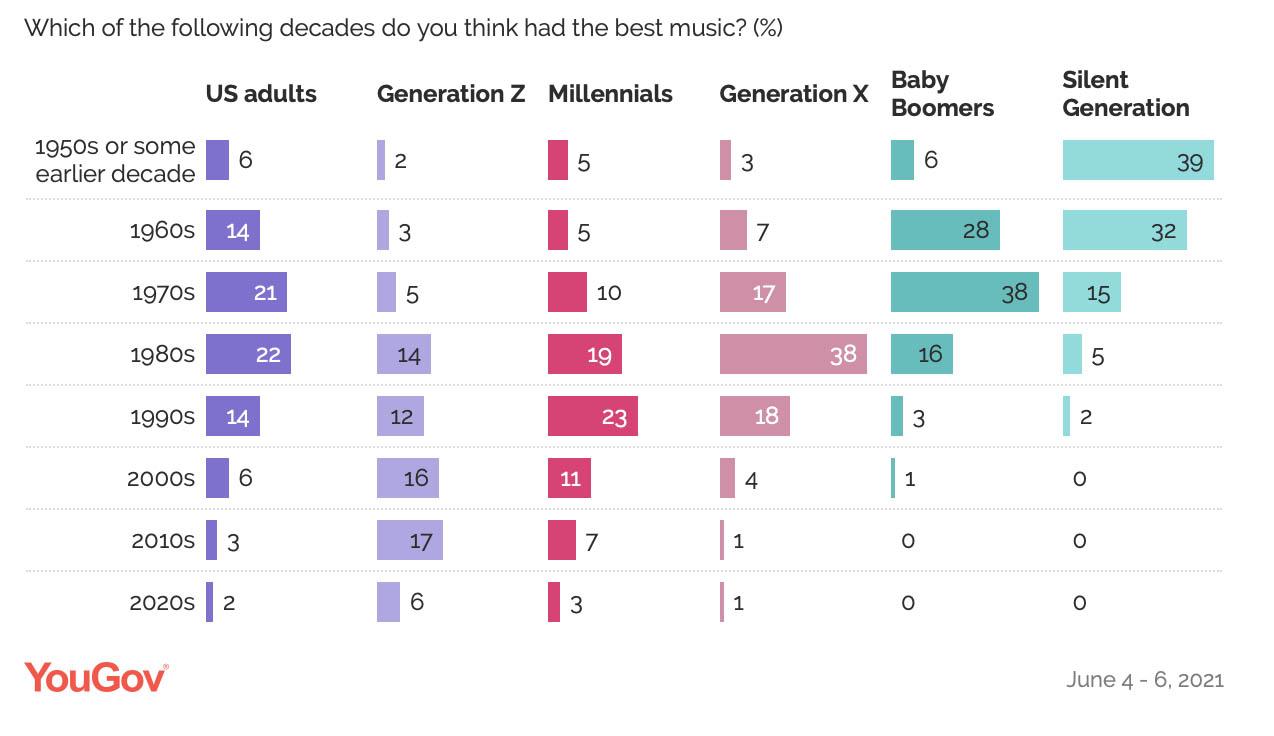
Balancing Artistic Expression with Market Demands in Modern Music
In today’s music landscape, artists walk a tightrope between genuine artistic expression and the insistent demands of market dynamics. The rise of streaming platforms has reshaped how songs are consumed, prompting musicians to rethink every second of their craft. Shorter tracks often mean more plays, which translates directly to revenue and visibility, but this practical reality can sometimes clash with the desire to create expansive, immersive works.
Artists are now challenged to:
- Condense storytelling without sacrificing emotional depth
- Maintain authenticity while appealing to algorithmic preferences
- Balance experimentation with the need for radio-friendly formats
This balancing act influences not just song length but also structure, instrumentation, and lyrical content. For example, intros and instrumental breaks are often trimmed or removed to hook listeners immediately. While some artists embrace this shift as a creative constraint, others feel it limits their full artistic potential.
| Artistic Element | Traditional Approach | Streaming Era Adaptation |
|---|---|---|
| Song Length | 4-5 minutes | 2-3 minutes |
| Intro | Slow build-up | Immediate hook |
| Instrumental Break | Extended solos or interludes | Minimal or omitted |
| Lyrics | Detailed storytelling | Concise, catchy phrases |
Ultimately, the modern musician must navigate this evolving terrain, crafting works that resonate deeply while meeting the fleeting attention spans of today’s listeners. The shrinking song length is not merely a market trend-it’s a reflection of how art and commerce intertwine in the streaming era.
Strategies for Musicians to Thrive Amid Changing Song Length Trends
Adapting to evolving listener behaviors requires musicians to rethink their approach to songwriting and production. In an era where attention spans are shorter and streaming platforms reward frequent plays, crafting concise, impactful songs becomes essential. Artists should focus on delivering their core message quickly, ensuring the hook or chorus hits early to capture immediate interest.
Beyond songwriting, embracing new release strategies can enhance visibility and engagement. Rather than waiting to drop full-length albums, consider releasing EPs, singles, or thematic mini-collections more frequently. This approach keeps your audience consistently engaged and helps maintain momentum on streaming charts, which often prioritize fresh content.
Another key tactic involves leveraging data analytics provided by streaming services. By analyzing listener drop-off points, skip rates, and playlist placements, musicians can identify which parts of their songs resonate most. This insight can guide future compositions, optimizing song structure for maximum retention and replayability.
- Start strong: Hook listeners within the first 15 seconds.
- Keep it tight: Aim for 2 to 3 minutes to suit streaming algorithms.
- Experiment with formats: Use interludes or skits to add variety without lengthening tracks.
- Engage directly: Use social media to preview snippets and gather feedback.
Key Takeaways
As the music landscape continues to evolve, the shrinking song length emerges not merely as a trend, but as a reflection of how listeners engage with sound in the streaming era. Whether driven by algorithms, attention spans, or economic models, these shorter tracks challenge traditional notions of musical storytelling. In this new rhythm, artists and audiences alike are rewriting the rules-proving that sometimes, less truly can be more.